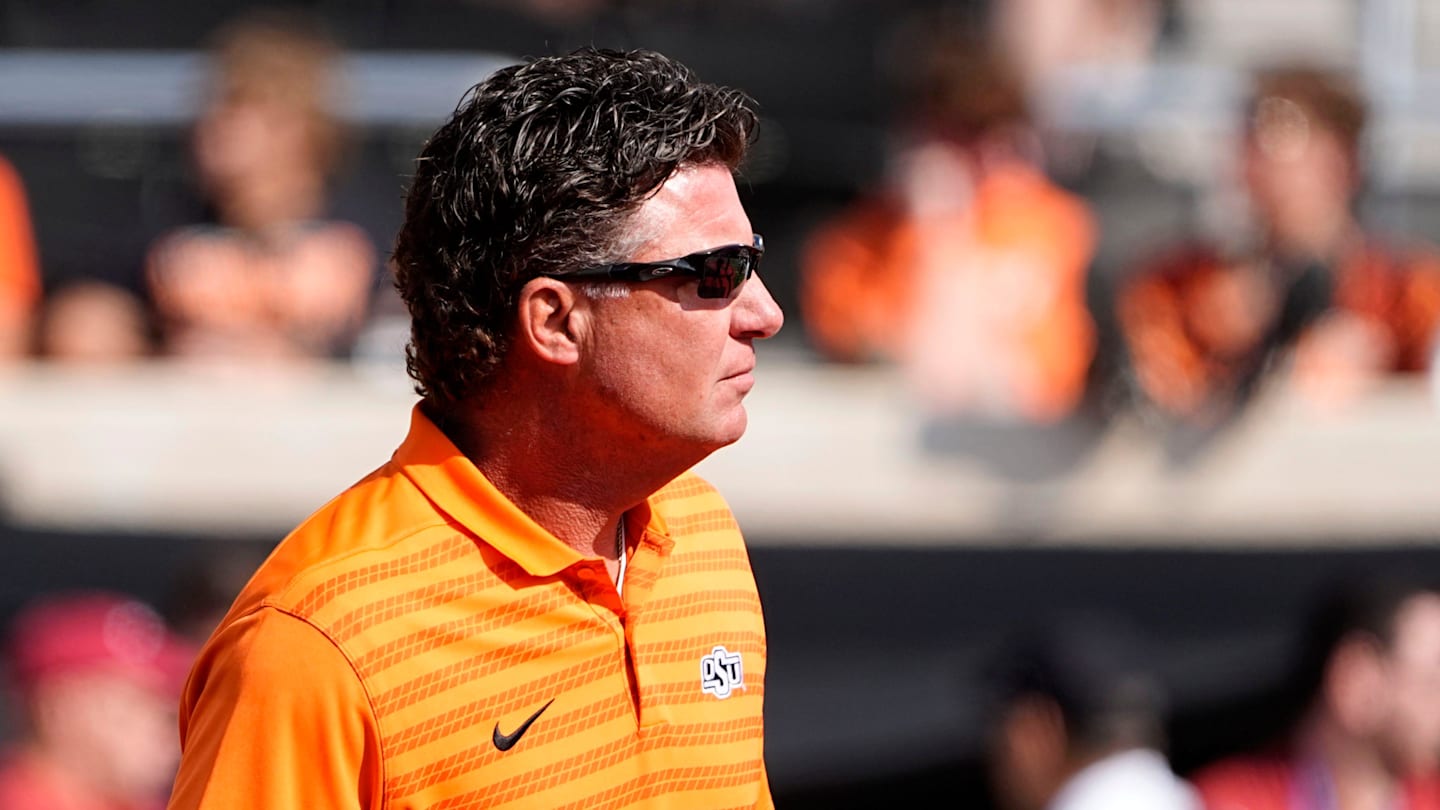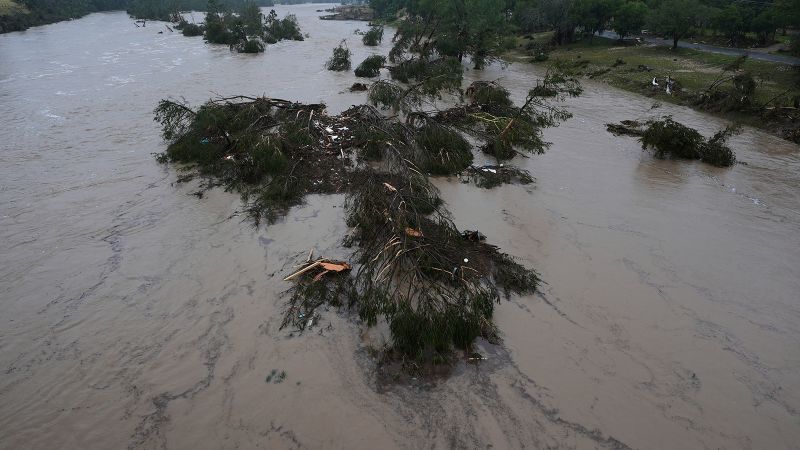North Dakota
BCI digging into who knew what, and when, as Holmberg investigation continues

FARGO — The North Dakota Bureau of Criminal Investigation is looking into who knew what, and when, when it comes to the illegal actions of former North Dakota State Senator Ray Holmberg.
Holmberg pleaded guilty earlier this month to traveling to Prague to sexually abuse children.
North Dakota Attorney General Drew Wrigley says the ongoing investigation into those who may have known about Holmberg’s actions isn’t just procedural, there are leads to follow.
“As the result of our BCI and joint state and federal investigation, we are aware of troubling allegations involving other individuals. And we are aware of those and are investigating them,” Wrigley said.
Wrigley says investigators with the BCI, Homeland Security, and the FBI are also aware of allegations of potential witness tampering and obstruction of justice against people who may have known about Holmberg’s actions.
But just knowing about these allegations doesn’t mean they can take action any time soon.
“Us being aware of that is not being the same as us being able to move forward with charges. We have to have living breathing witnesses who will share their account of the information that they have and then any corroborating records and evidence that they might have,” Wrigley said.
Given Holmberg’s nearly five decades in the North Dakota State Senate, which included being the head of the Senate appropriations committee, Wrigley says the influence of Holmberg and those close to him can make getting witnesses to cooperate with the investigation more difficult.
“It can complicate things sometimes, people are intimidated about talking about someone that they might fear either financially or professionally or otherwise and that can add complications, but it’s not something we deal with routinely in law enforcement,” Wrigley said.
Wrigley encourages anyone who has information about Holmberg to come forward and cooperate with the BCI and other investigators.

North Dakota
As bridge repairs add up, North Dakota might need to rethink approach, Gov. Kelly Armstrong says

GRAND FORKS — North Dakota has 1,325 bridges identified as needing repairs, according to a national report.
And of the 4,255 bridges in North Dakota, 11% — or 467 of them — are structurally deficient, according to data compiled and distributed by the American Road and Transportation Builders Association. North Dakota ranks No. 10 nationally for structurally deficient bridges as a percentage of total bridge inventory, according to the ARTBA.
It’s a statewide problem that may require a new approach, Gov. Kelly Armstrong says, because “there is no way a local county can repair every bridge they have — especially in rural counties.” Some money exists for repairs, the governor said, but there just won’t be enough to fix all of the structures on the ever-growing list of projects.
Perhaps a better plan, according to Armstrong, is to rethink the state’s bridge grid.
“I think eventually the state and (affected) counties are going to have to work out what a 21st-century infrastructure looks like,” he said.
Because of the evolving way North Dakotans live and do business, the state could probably do with fewer bridges, he believes.
“You wouldn’t build the bridge infrastructure the same way in 2025 that was done in 1925. Nobody’s making a living on a quarter-section of land anymore; farming’s an economy of scale. Some of this is, replace the ones you need,” Armstrong said. “You’re going to have to make some tough decisions, particularly if you’re someone that lives on the north side of that bridge or the south side of that bridge and now has to go 6 miles out of their way.”
In northeast North Dakota, where numerous streams and rivers make their way into the north-flowing Red River, the number of bridges needing repair is especially high. For example, three of the top four most-traveled structurally deficient bridges in the state are in Grand Forks County, according to the ARTBA national report.
Atop the list is the Kennedy Bridge, which carries traffic on U.S. Highway 2 across the Red River on the north edge of Grand Forks. No. 2 is the Interstate 29 bridge over Grand Forks’ DeMers Avenue, followed by a Cass County highway over the Sheyenne River. At No. 4 is a rural I-29 bridge over County Drain No. 11, also near Grand Forks.
The long list of bridge repairs in the immediate Grand Forks area is enough to add a certain edge to Nick West’s job as Grand Forks County engineer.
“It’s a little stressful,” West said. “But it’s also rewarding when you can fix them.”
As reported in 2024 by the Herald, Grand Forks County has the most locally owned bridges of any county in the state, at 284. Of those, the county owns somewhere around 250 — the number changes every year, West said. He keeps a list of bridges that are most worthy of attention and tackles a portion of the list each year.
Grand Forks County Administrator Tom Ford says West is “passionate about his job.”
“He has a plan,” Ford said, “and he’s doing an excellent job prioritizing what needs attention. But you fix a couple of bridges, and as you fix a couple, other ones still on the list are aging. You just take it a bridge at a time and culvert at a time and be as responsive as you can.”
The end goal, Ford said, is to repair and fix the people’s infrastructure, “but we can only address what the budget allows,” he said.
West, Ford said, probably feels like he’s playing “Whac-A-Mole,” the old carnival game in which players use a mallet to try to strike fake moles as they poke their heads from holes in a cabinet. As one mole dives into a hole, another arises elsewhere on the board. Over time, the game has become a metaphor for attempting to complete a nearly impossible and frustrating task.
To reduce the number of moles on the board — or in a real sense, the bridges on the list — funding will always be the hurdle, Armstrong, West and Ford all say.
“I’d be lying to you if I said there’s enough (funding) to fix them all,” Armstrong said, adding that fixing all of the bridges “shouldn’t be the goal” if the state someday does rethink its bridge infrastructure.
So-called Prairie Dog funding — dollars derived from oil and gas tax revenues — has been used successfully for bridge repairs, West said. Operation Prairie Dog was created in 2019 as House Bill 1066, which made changes to oil and gas production tax distribution formula.
The bill’s passage provided a “new source of infrastructure funding for cities, counties and townships in non-oil-producing counties and airports throughout the state,” according to a description on the North Dakota Treasurer’s Office website. It allocates up to $250 million of oil and gas tax revenue per biennium to three buckets: municipal infrastructure, county and township infrastructure, and airport infrastructure.
More state money is coming, Armstrong noted.
“We did some things at the legislative session where they moved more money directly to (the Department of Transportation) through (percent of market value), and it allows for more money to be used locally, for more county projects,” he said.
During his January budget address, Armstrong touched on the state’s infrastructure concerns.
“We have construction needs, and our budget addresses them head-on,” he said during the speech.
He proposed a $464 million bonding package to tackle big projects like a new State Hospital in Jamestown; airport projects in Grand Forks, Dickinson and Fargo; and a military gallery at the North Dakota Heritage Center.
“To repay these bonds, we propose increasing the percent of market value, or POMV, which is applied to the Legacy Fund to calculate the earnings available for use every two years,” he told lawmakers.
At the time, the POMV was 7% of the average five-year balance of the Legacy Fund, he said. Armstrong suggested a 1.5% increase, half of which to be used for repaying the bonds for the hospital, airport and Heritage Center projects, with the other half to be used to support state and local infrastructure projects.
The Legislature did not go along with the 1.5% increase to a full 8.5%, but did approve increasing the POMV to 8%. A portion of the increase — 30% — will be used for highway infrastructure projects.
Still, the governor says, it’s important to think about what future travel trends hold for state infrastructure.
“The reality is, our job is to get (the state’s ag products) from farm to market as quickly as possible. What that looks like and what that future looks like is probably different than what people have lived (throughout the years),” Armstrong said. “We’ll fix some of them, (but) there’s no way we’re going to be able to fix them all.”
Prairie Business Editor Carrie McDermott contributed to this report.
North Dakota
A dozen children, adults, hurt in a I-29 rollover crash north of Grandin

GRANDIN, N.D. — A dozen children and adults were injured in a rollover crash just north of Grandin, N.D., on Thursday, July 3.
The crash happened around 3:30 p.m. Thursday, according to a release from the North Dakota Highway Patrol.
A 34-year-old man from Arvilla, N.D., was driving his 2017 Ford Transit in the right lane, heading south along Interstate 29.
His left rear tire blew out and his vehicle entered into the west ditch, rolled over, and came to a stop facing northwest. The crash occurred at mile marker 95, which is about three miles north of Grandin along I-29. Grandin is about 30 miles north of Fargo.
All of the occupants were wearing proper restraints, the release said, but everyone except the driver were injured and taken to the hospital by ambulance.
The adult passenger, a 35-year-old woman from Arvilla, was injured, and the 10 children ranging in age from 9 months to 16 years old, suffered non-life-threatening injuries, according to the release.
The crash remains under investigation.
Our newsroom occasionally reports stories under a byline of “staff.” Often, the “staff” byline is used when rewriting basic news briefs that originate from official sources, such as a city press release about a road closure, and which require little or no reporting. At times, this byline is used when a news story includes numerous authors or when the story is formed by aggregating previously reported news from various sources. If outside sources are used, it is noted within the story.
North Dakota
Eerie tornadoes bring haunting sights along darkened North Dakota horizons as nightfall looms

Tornadoes created haunting sights across the night skies as severe thunderstorms swept through the Bismarck area in North Dakota, Friday night.
Footage shot from around the capital city shows the silhouette of the twister, which nearly disappears into the dark gray clouds behind it, being illuminated by lightning.
“Not the most settling thing to see out of your hotel window,” posted Mike Stenvold, who recorded one of the clips of the tornado.
The first touched down 40 miles southeast of Bismarck near the towns of Linton and Tenvik at 10:15 p.m.
The second tornado touched down about seven miles north of Bismarck at 10:25 p.m. local time.
Nearly 20 minutes after, the third tornado touched down east of Bismarck.

So far there are no reports of any injuries or significant damage.
The National Weather Service had warned of a severe thunderstorm hitting the area, cautioning people of the possibility of tennis ball-sized hail and winds reaching 60 mph.
-

 Health1 week ago
Health1 week agoHeart attack deaths have plummeted in US, but new cardiovascular threats emerge
-

 Technology1 week ago
Technology1 week agoElon Musk scam tricks victims on Facebook with Tesla hoax
-

 Politics1 week ago
Politics1 week agoWhite House drops 'Daddy's Home' meme after viral NATO summit moment
-

 World1 week ago
World1 week agoSearching for healing: Inside one of the last hospitals in Haiti’s capital
-

 Technology1 week ago
Technology1 week ago16 billion passwords leaked in massive data breach
-
World1 week ago
Protecting children online: The time to act is now
-

 Business1 week ago
Business1 week ago'South Park' dispute escalates as creators accuse Paramount's buyers of meddling
-

 News1 week ago
News1 week agoMeta wins artificial intelligence copyright case in blow to authors













